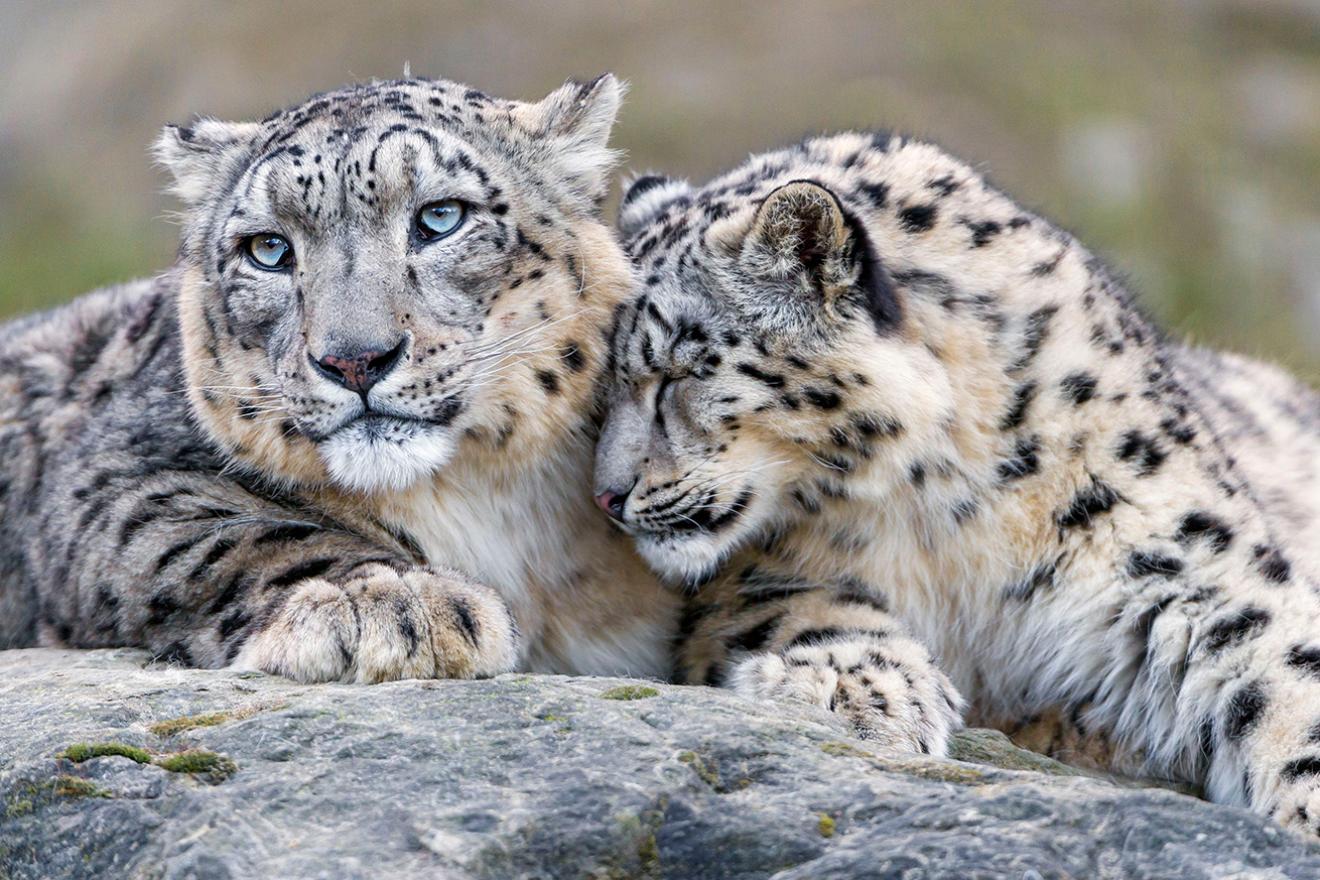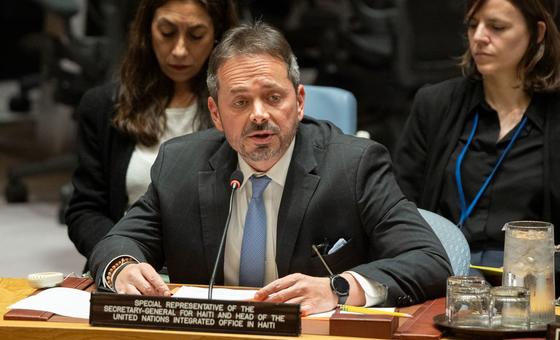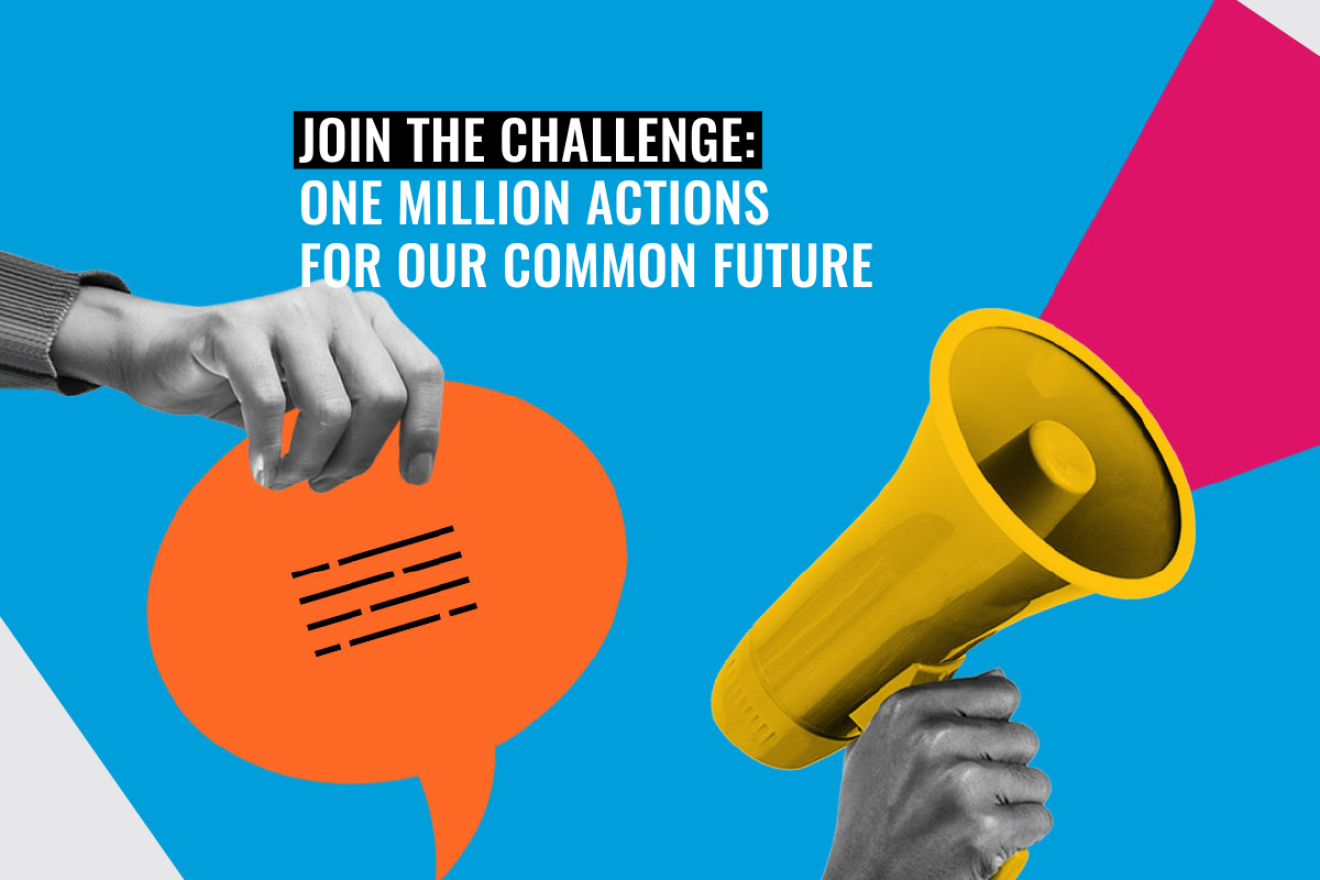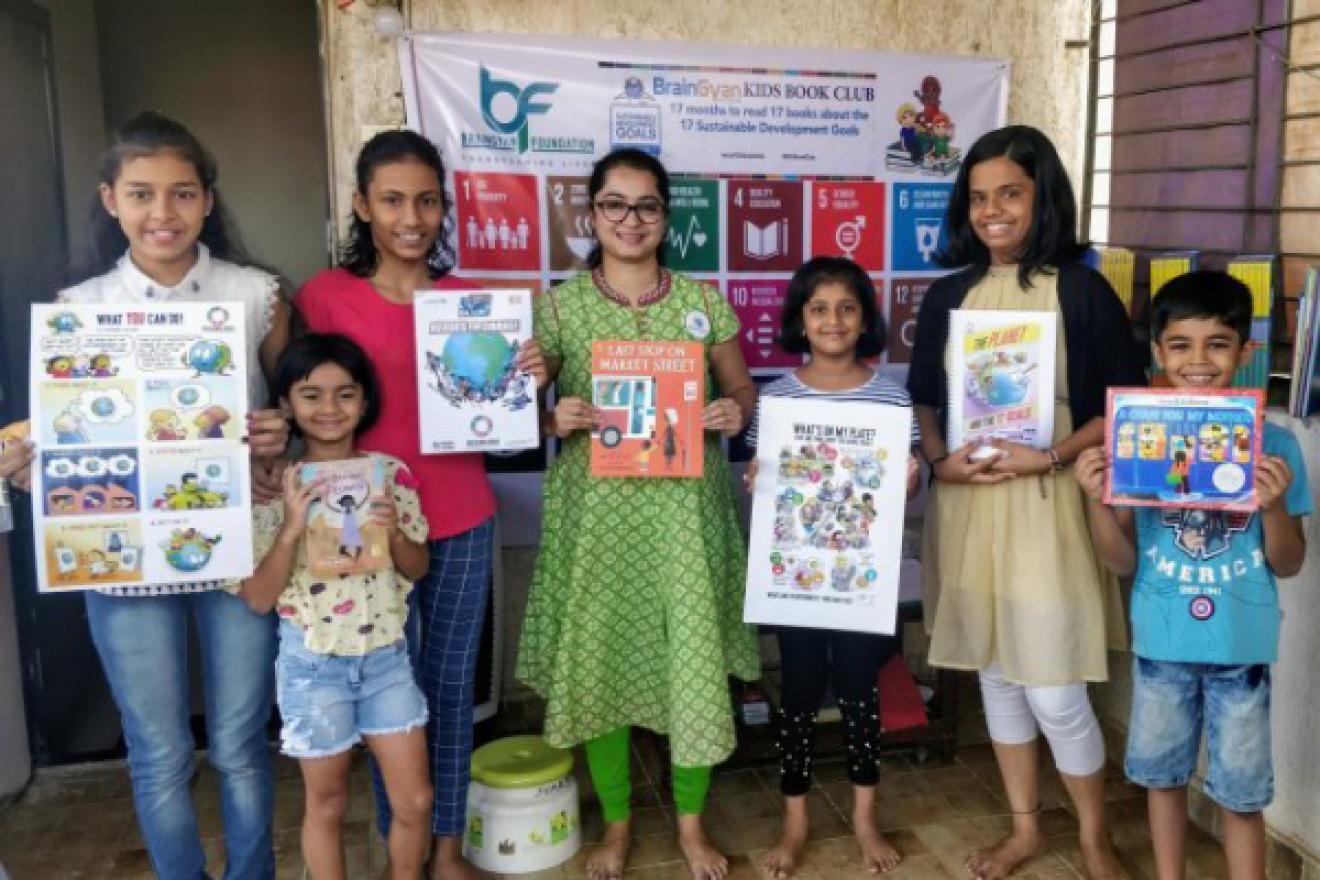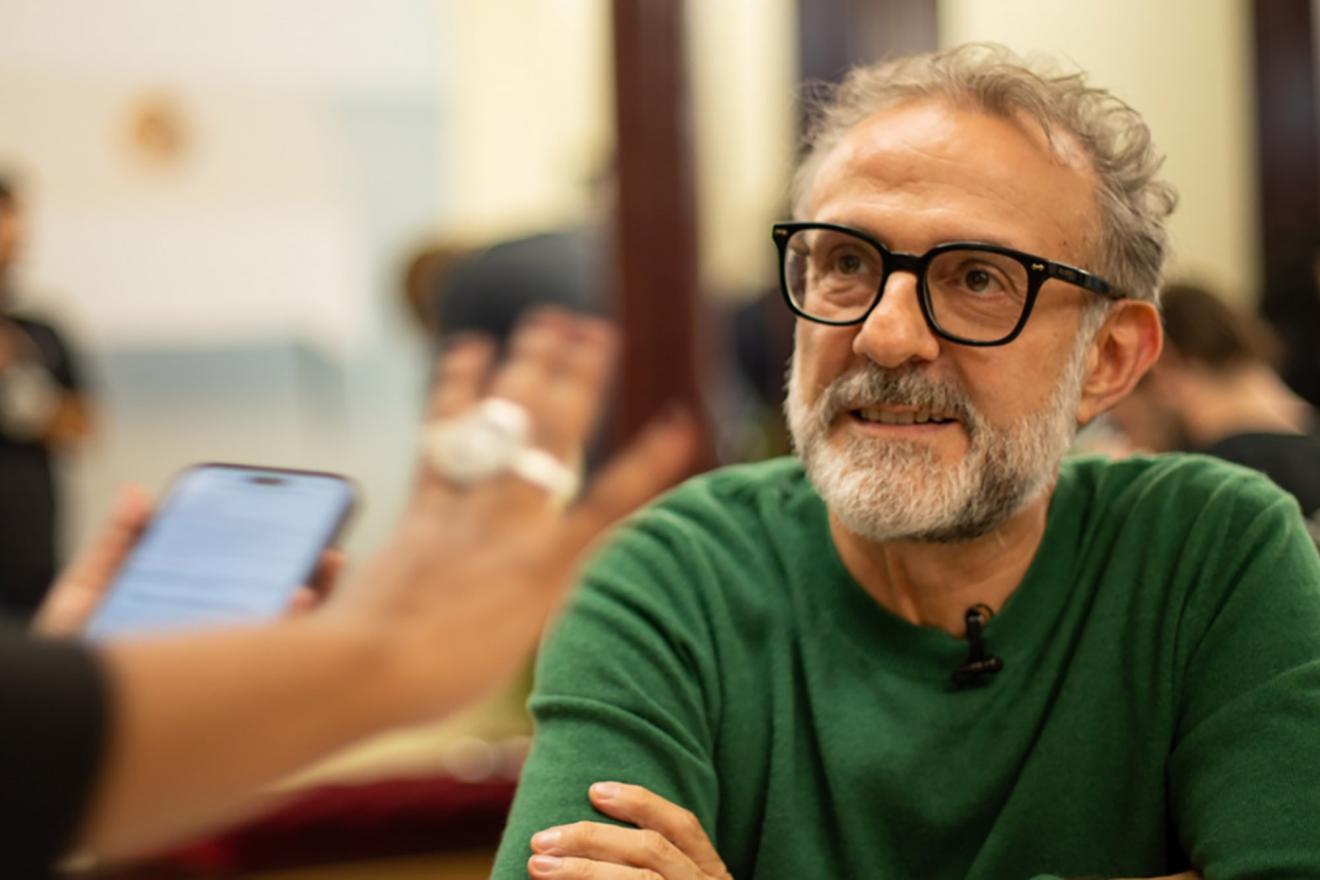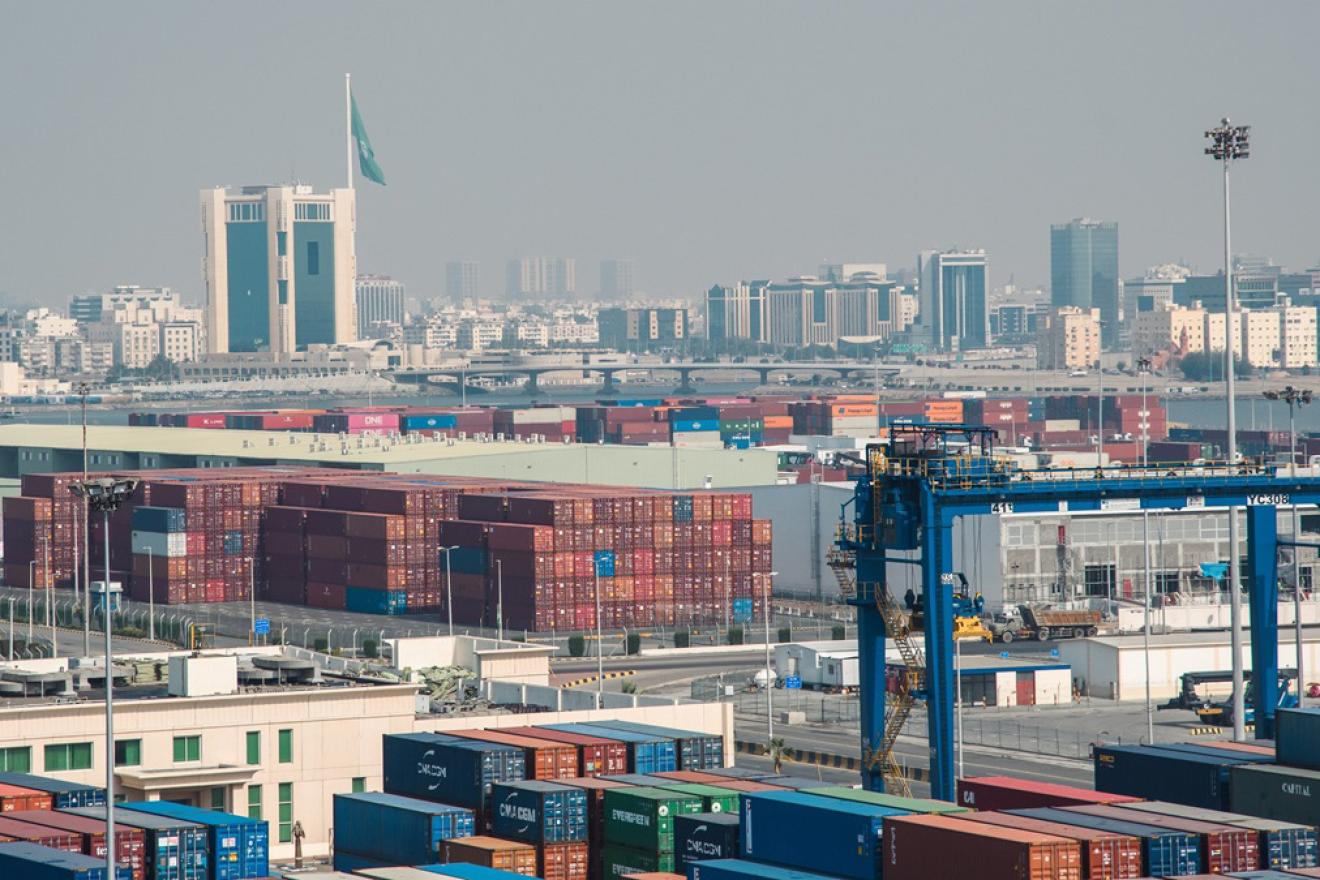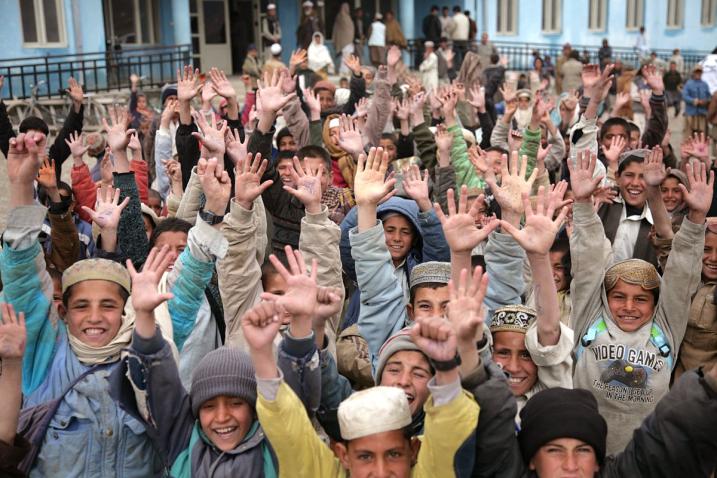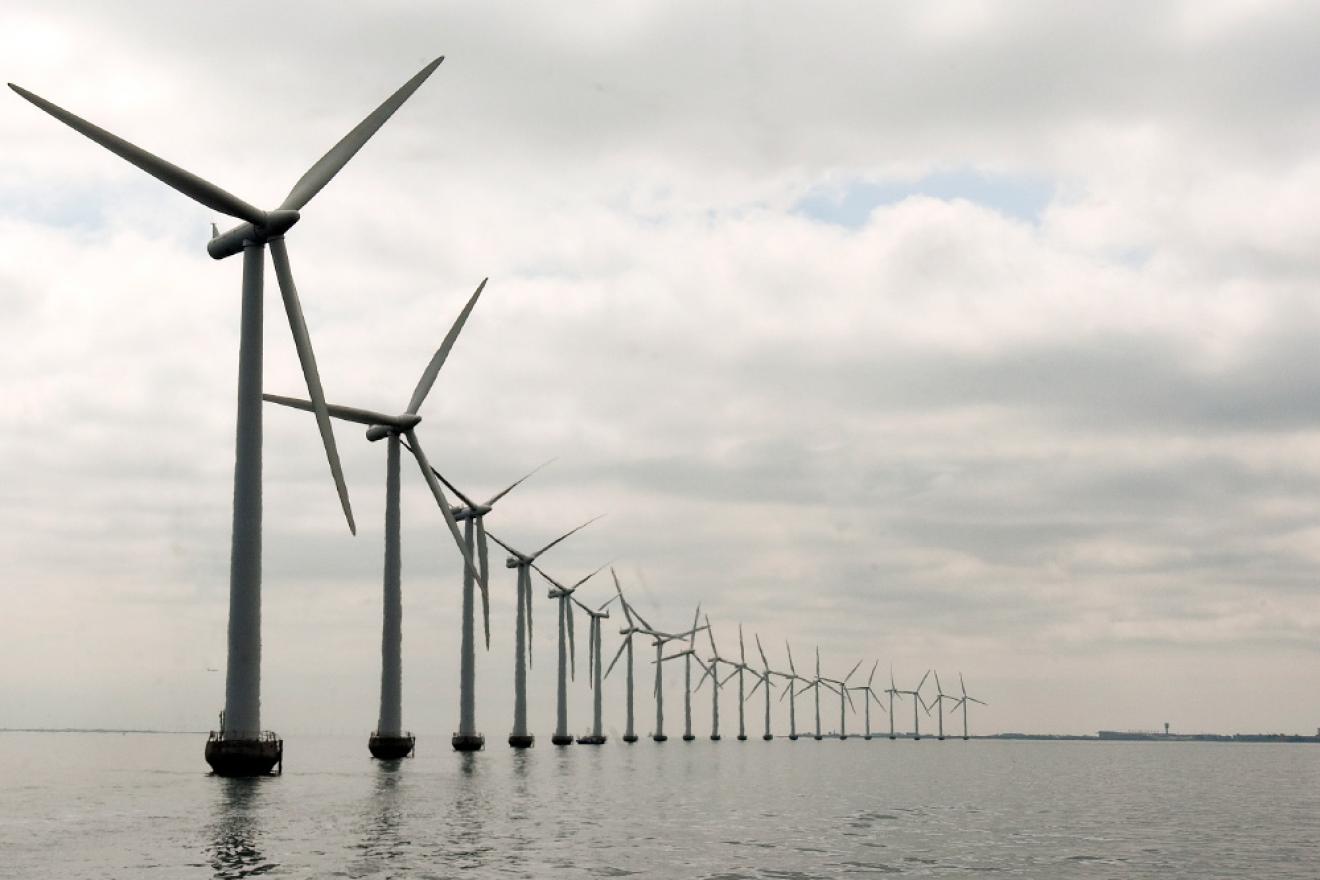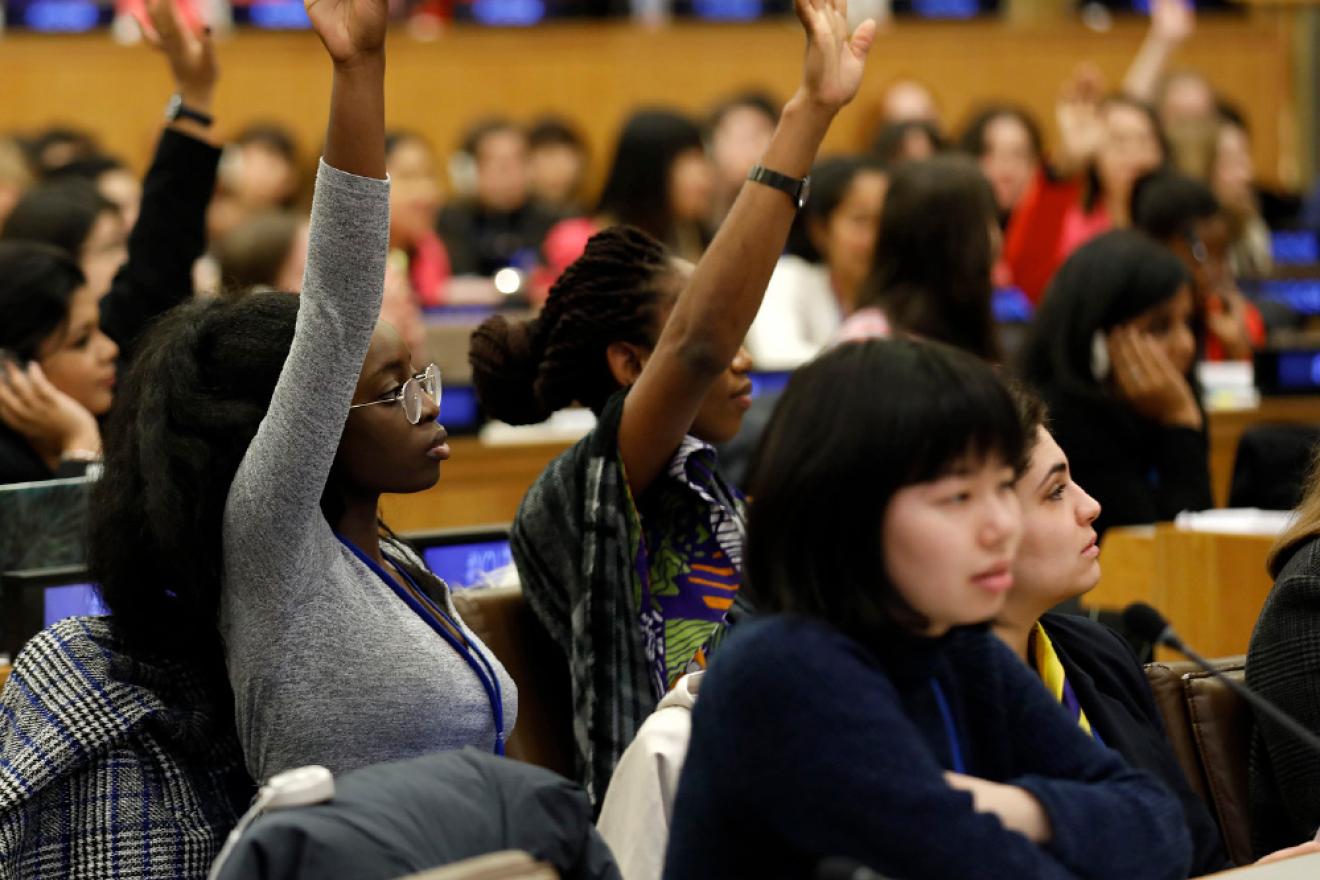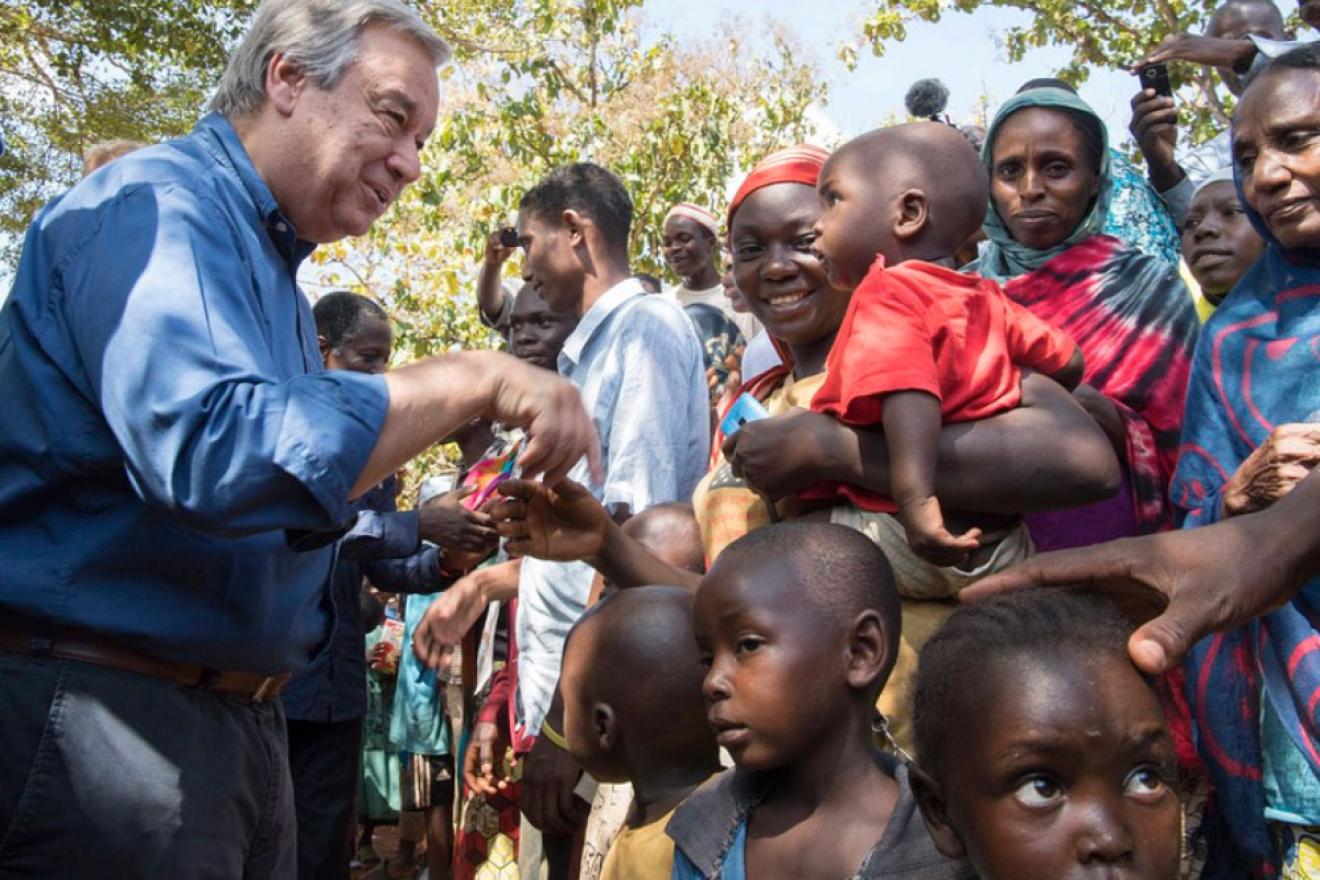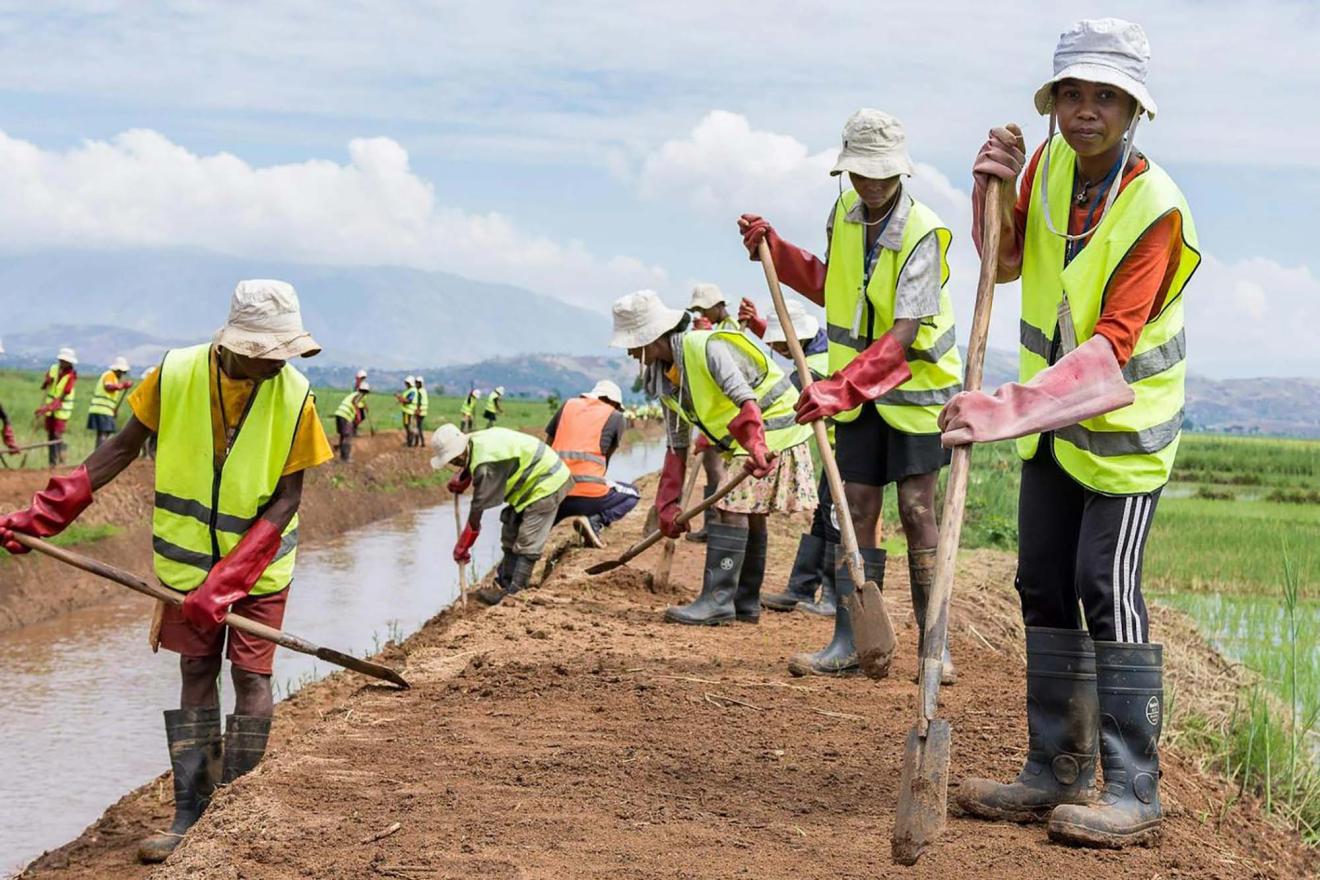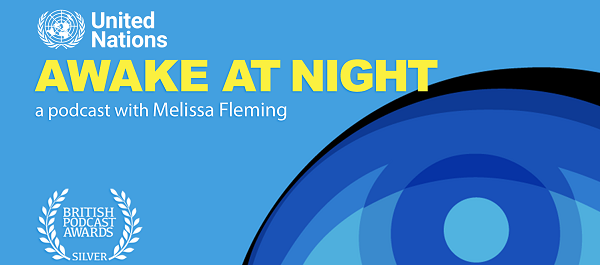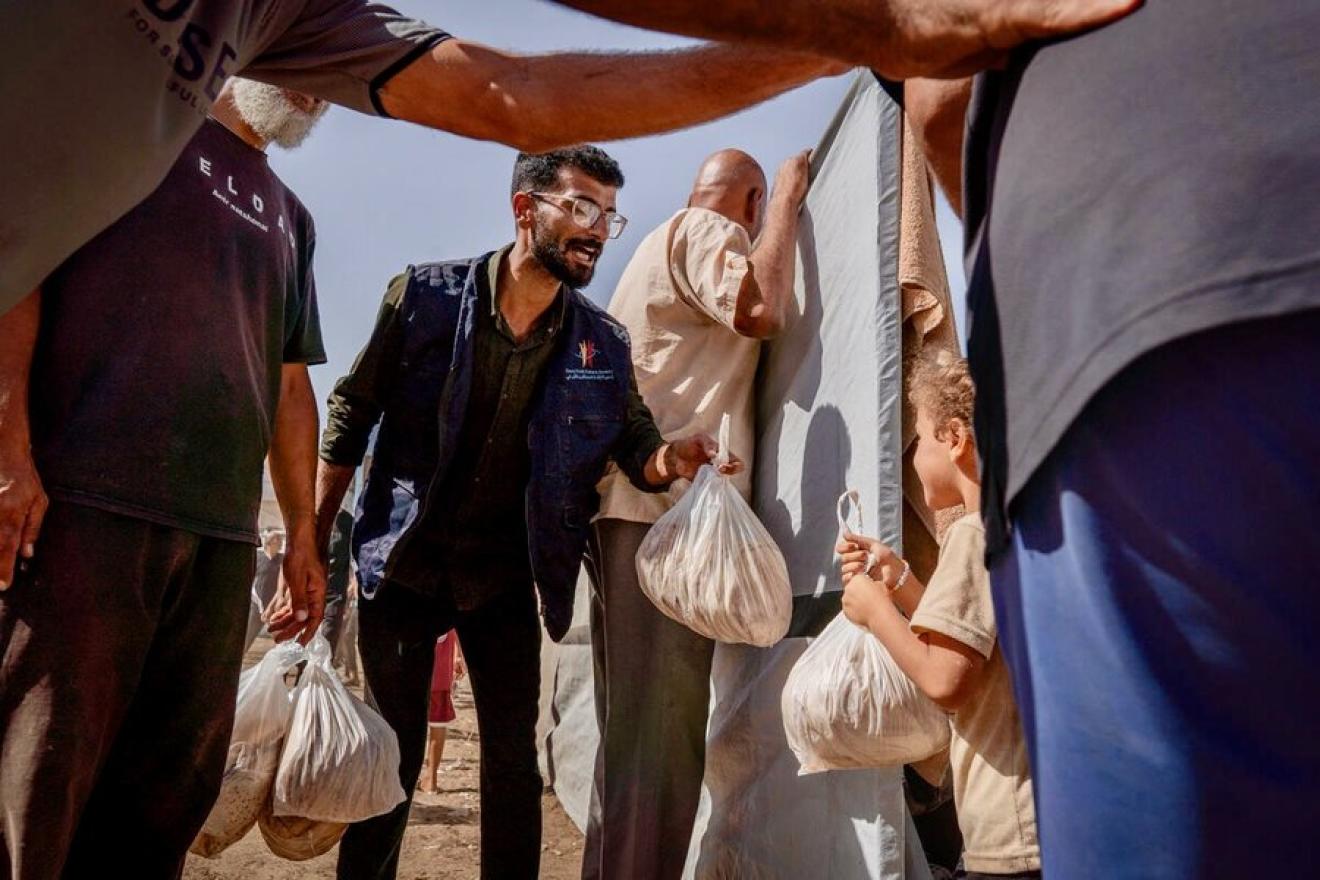The Goals can improve life for all of us. Cleaner air. Safer cities. Equality. Better jobs. These issues matter to everyone. But progress is too slow. We have to act, urgently, to accelerate changes that add up to better lives on a healthier planet. Find new inspiring actions on the app and at un.org/actnow.
Saving the 'ghosts of the mountains'
Big cats are elusive, but the snow leopard, especially so. Locals living alongside the leopards often refer to them as the ‘ghosts of the mountains’ as they are hardly ever seen. The greatest risks to the survival of this threatened species are habitat loss and fragmentation, prey depletion and illicit trafficking, illegal hunting, including poaching, and climate change. The International Day of the Snow Leopard (23 October) aims to enhance international and regional cooperation in support of efforts to conserve the snow leopard, given its role in the overall ecosystem.

